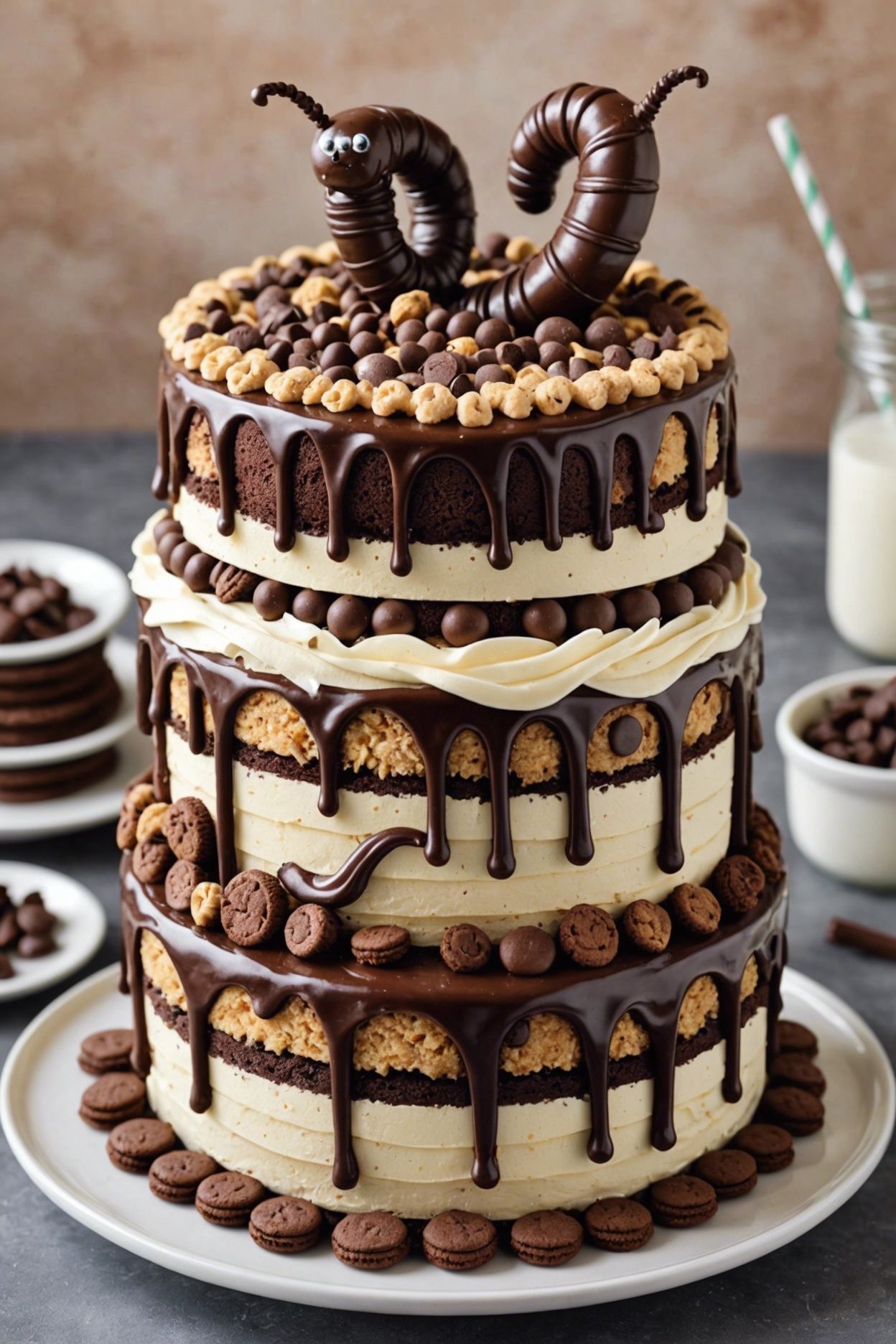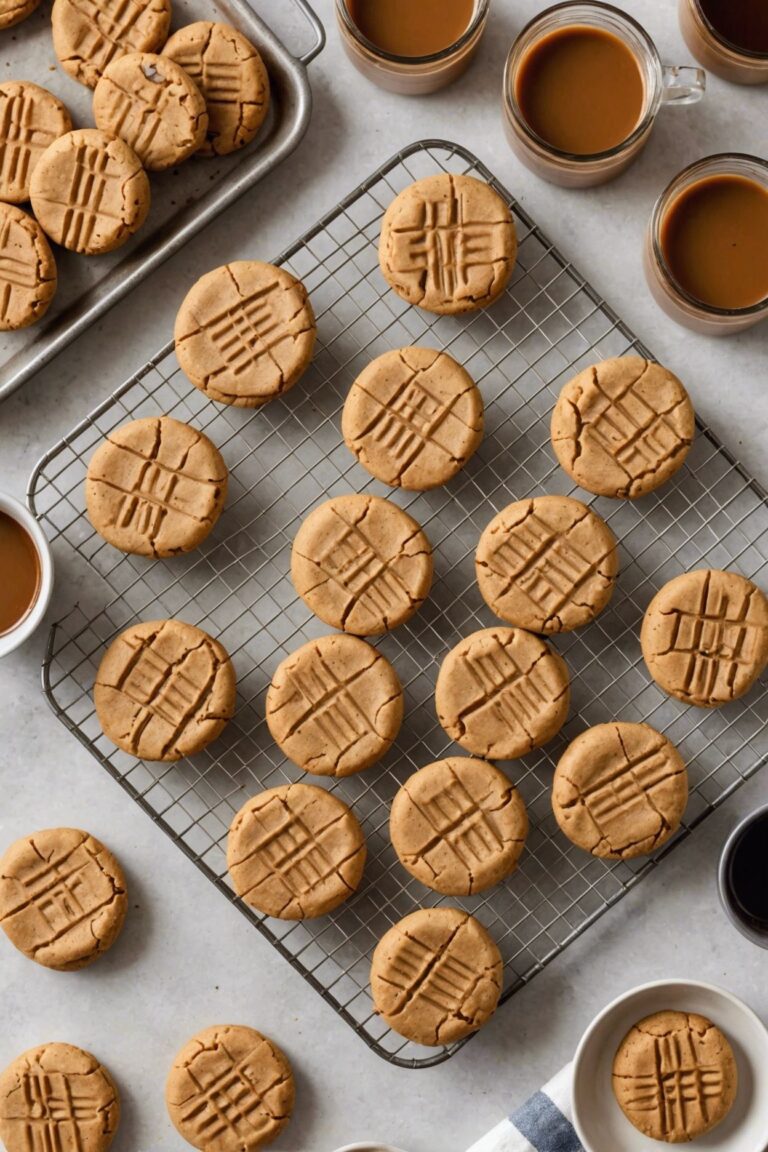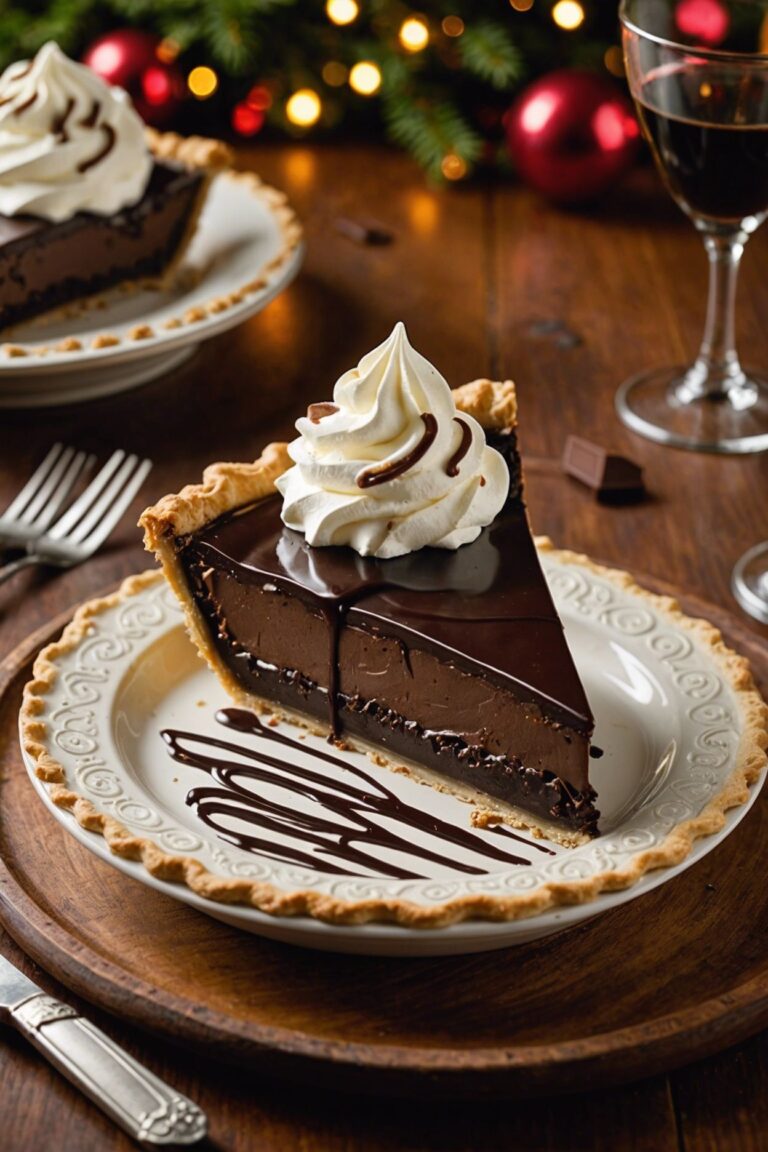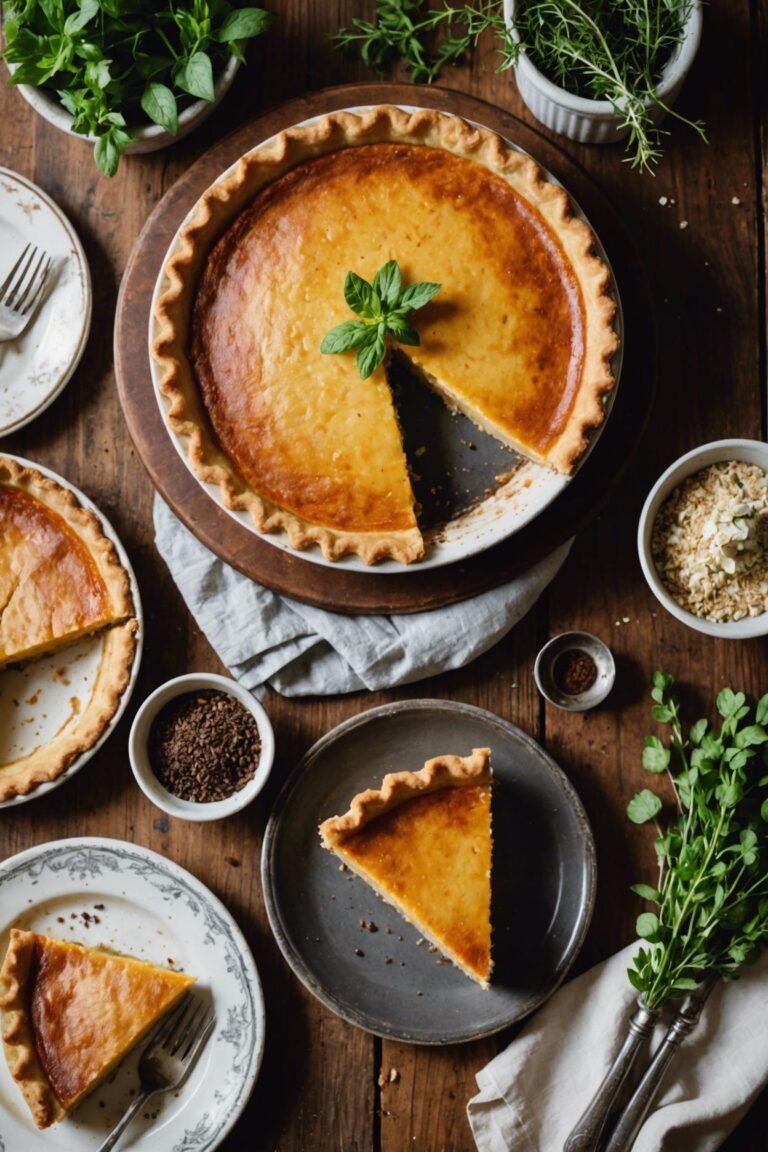My New Cookbook is Out! Check Out Now!
Worm Cake Recipe
This whimsical Worm Cake Recipe is a delightful treat for kids and adults alike! Moist vanilla cake layers are topped with crushed chocolate sandwich cookies to resemble dirt, while melted chocolate drizzles down like slithery worm trails, making for a show-stopping dessert that’s as fun as it is delicious.
Ready Time
2 hrs
Yields
6 servings
Ingredients
- 2 cups all-purpose flour
- 1 teaspoon baking powder
- 1 teaspoon salt
- 1 cup granulated sugar
- 1/2 cup unsalted butter, softened
- 2 large eggs
- 2 teaspoons vanilla extract
- 1 cup milk
- 1 cup crushed chocolate sandwich cookies, for decoration
- 1/2 cup semisweet chocolate chips, for decoration
- Confectioners’ sugar, for dusting
Instructions
Preheat your oven to 350°F (175°C).
Grease two 9-inch (23cm) round cake pans and line the bottoms with parchment paper.
In a medium-sized bowl, whisk together the flour, baking powder, and salt.
Set aside.
In a large mixing bowl, use an electric mixer to cream together the sugar and butter until light and fluffy.
Beat in the eggs one at a time, making sure each egg is fully incorporated before adding the next.
Beat in the vanilla extract.
Gradually mix in the flour mixture, alternating with the milk, beginning and ending with the flour mixture.
Beat just until combined.
Divide the batter evenly between the prepared pans and smooth the tops.
Bake for 30-35 minutes or until a toothpick inserted into the center of each cake comes out clean.
Let the cakes cool in the pans for 10 minutes before transferring them to a wire rack to cool completely.
Once the cakes are completely cool, it’s time to decorate! Place one cake layer on a serving plate or cake stand.
Crush the chocolate sandwich cookies and sprinkle them over the top of the cake layer.
Melt the semisweet chocolate chips in the microwave or over a double boiler and drizzle over the crushed cookies.
Place the second cake layer on top and dust with confectioners’ sugar.
Slice and serve!
Notes
Use high-quality cocoa powder to get the best flavor out of your Worm Cake.
Make sure to grease those pans well, you don’t want your cake sticking to the bottom! Use any leftover crushed chocolate sandwich cookies to decorate the sides of the cake too, it adds a nice crunchy texture.
If you’re not a fan of semisweet chocolate, you can always substitute with milk chocolate or white chocolate chips.
Don’t overmix the batter, you want it to be smooth but still light and fluffy.
Let those cakes cool completely, you don’t want any warmth messing up your decorations!
Nutrional Value
- Calories: 540
- Total Fat: 24g
- Saturated Fat: 14g
- Trans Fat: 1g
- Cholesterol: 60mg
- Sodium: 350mg
- Total Carbohydrates: 73g
- Dietary Fiber: 1g
- Sugars: 42g
- Protein: 5g









